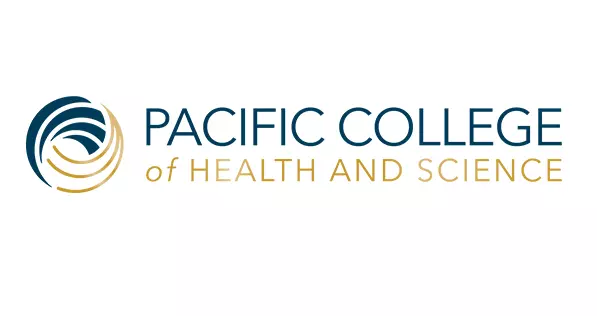What is Tourette syndrome? According to the Mayo Clinic, Tourette (too-RET) syndrome is a disorder that involves repetitive movements or unwanted sounds (tics) that can’t be easily controlled. For example, patients might repeatedly blink their eyes, shrug their shoulders, or blurt out unusual sounds or offensive words. In ancient cultures, Tourette syndrome (TS) was thought to be the influence of evil spirits or demons. Unfortunately, there lingers to this day a negative stereotype that Tourette’s is simply a sudden uncontrolled outburst of foul language, as played out in the movies.
According to the study “A National Profile of Tourette Syndrome, 2011-2012” by the Centers for Disease Control and Prevention (CDC),1 in every 360 (0.3%) children 6-17 years of age in the United States has been diagnosed with TS based on parent report–about 138,000 children.
Among children diagnosed with TS:
- 37% have been reported as having moderate or severe forms of the condition.
- Boys are three to five times more likely to have TS than girls. People from all racial and ethnic groups can have TS. Non-Hispanic white children are twice as likely to be diagnosed with TS as Hispanic and black children.
- Children 12-17 years of age are twice as likely to have TS as children 6-11 years of age.
Associated Conditions with Tourette Syndrome
Children diagnosed with TS are also very likely to develop co-occurring conditions. 86% have been diagnosed with at least one additional mental, behavioral, or developmental condition, such as:
- Attention-deficit/hyperactivity disorder (ADHD), 63%
- Anxiety problems, 49%
- Learning disability, 47%
- Autism spectrum disorder, 35%
Obsessive-compulsive disorder, behavioral, speech, and language problems, intellectual and developmental delays or disabilities, and depression are also common. {Learn more about treatable disorders.}
According to DSM-V, Tourette’s is an inherited neuropsychiatric disorder, believed to be organic damage to the central nervous system. Currently, there is no cure, and no medication that works universally for all patients. The medications that are prescribed often have significant adverse effects.
My patient, age 22, was diagnosed with Tourette’s at age 10. She also had been diagnosed with co-occurring conditions of obsessive-compulsive disorder (OCD) and anxiety.
I treated her anxiety, stress, and sleep problems for almost a year. I also treated her tics. Tics are classified in two categories: simple and complex. Simple tics, from which my patient suffered, are sudden, brief repetitive tics involving a limited number of muscle groups. Complex tics are distinct and coordinated patterns of movement involving muscle groups.
At the time of treatment, my patient was taking a dopamine blocker to help lessen her tics and antidepressant medication prescribed by her medical doctor. She was also receiving other alternative medicine treatments, such a massage therapy and chiropractic medicine.
Integrating Alternative Medicine
In traditional Chinese medicine, Tourette syndrome can be understood as yang excess due to deficient yin leading to wind. Those show a deficiency in kidney yin deficiency or liver yin deficiency leading to liver yang rising. Acupuncture has a long and successful history in the treatment of the tics, uncontrolled movements, and vocal disturbances of Tourette syndrome.
Are you interested in becoming a certified acupuncture professional?
Visit the links below to explore our specialized acupuncture programs at a campus near you:
My patient’s acupuncture treatment plan was: Buddha triangular on dominant hand, PC6, four gates LI4, LV3, Cv17, Cv14, Yintang, SP6, and St36, KD3, KD6. She tracked her acupuncture treatment progress in her diary, reporting a decrease in her anxiety as well as improved sleep quality. She also noted 30-40% fewer simple tics occurring daily.
Based on the significant improvements that my patient reported regarding her symptoms, acupuncture can effectively treat chronic disorders, like TS. Like my patient with TS and other patients like her, they are seeking acupuncture for better clinical outcome to control and eliminate Tourette syndrome rather than taking western medications for the duration of their lives.
Additional References
- Bitsko, RH, Holbrook, JR, Visser, SN, Mink, JW, Zinner, SH, Ghandour, RM, Blumberg, SJ (2014). A National Profile of Tourette Syndrome, 2011-2012. J Dev Behav Pediatr 35(5), 317-322.
- Centers for Disease Control and Prevention. Prevalence of diagnosed Tourette Syndrome in persons aged 6-17 years – United States, 2007. MMWR Morb Mortal Wkly Rep. 2009; 58(21): 581-5.
- American Psychiatric Association. Diagnostic and statistical manual of mental disorders: Fifth edition, DSM-5, Washington, DC; 2013.
Featured Posts:

